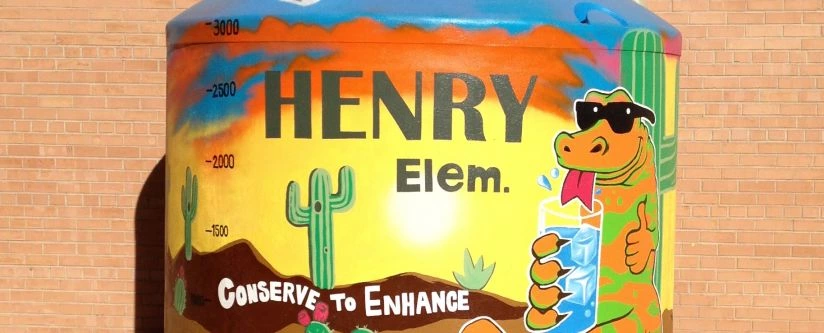March 01, 2017
Solutions
,
8 vol.
,
no. 2

Issues around water as a resource consistently top the list of environmental concerns in the United States, especially when they relate to water supply and quality. However, the large-scale nature of water issues means it is often challenging for individuals to discover, learn, and act to positively impact local water resources as well as the greater environment.
When rain falls in a natural area, water is absorbed and filtered naturally by existing soil layers and plants. The runoff of water after storms is cleaner and traditionally less of a problem than in areas that have been altered by humans. Now, a main factor impacting local water resources is the water systems infrastructure. When it rains, runoff of water flows from impermeable surfaces like streets, parking lots, and rooftops directly to storm drains and washes. This stormwater runoff rapidly transports pollutants from these surfaces that are harmful to aquatic life and human health into the water system, such as heavy metals and E. coli. Managing urban stormwater has traditionally depended on “gray infrastructure” like pipes, gutters, ditches, and storm sewers. These have been designed to carry rainwater away from the urban system altogether to nearby streams, rivers, and other bodies of water.

